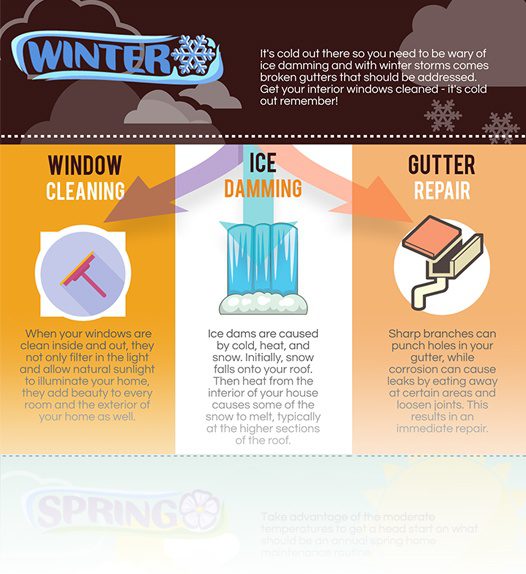Familiarize On Your Own With The Important Pressure Washing Techniques Tailored To Diverse Surface Kinds To Accomplish Extraordinary Outcomes-- Discover The Strategies For A Remarkable Finish
Familiarize On Your Own With The Important Pressure Washing Techniques Tailored To Diverse Surface Kinds To Accomplish Extraordinary Outcomes-- Discover The Strategies For A Remarkable Finish
Blog Article
Team Writer-Wu Puckett
When it comes to press cleaning, the technique you pick can make all the distinction in attaining a tidy, streak-free finish. You may discover that tough surface areas, like concrete, require a various strategy than softer products, such as wood or plastic. It's essential to adjust your methods to the surface kind to stop damage while maximizing cleansing effectiveness. So, what are the very best techniques for every surface area, and exactly how can you ensure you're utilizing the best settings and tools for the work? Allow's explore what you require to know to get the best results.
Difficult Surfaces
When it pertains to pressure cleaning hard surfaces, preparation is essential. Before you even think about pulling out the pressure washer, take the time to clear the area of any kind of debris, furnishings, or challenges. You don't want anything entering your means or possibly destructive your devices.
Next off, examine the surface for any cracks or damages; this will help you identify the right technique and stress settings.
Once you have actually prepared the area, it's important to pick the best nozzle. For difficult surface areas like concrete or brick, a narrow nozzle (15 or 25 levels) works best to offer a concentrated stream of water that can successfully remove crud and stains. Constantly start at a distance and slowly move more detailed to avoid any kind of surface area damage.
As you begin washing, maintain the stick transferring to stop touches and over-saturation. It's also practical to function from the top down, permitting dust and debris to get rid of naturally.
Ultimately, keep in mind to wash the surface extensively after cleansing to remove any type of remaining cleaning agent. With these strategies, you'll accomplish a tidy and renewed appearance on all your difficult surfaces.
Soft Surfaces
Stress cleaning soft surface areas requires a gentler approach to shield them from damage. Whether you're cleansing your deck, outdoor patio furniture, or house siding, using too much pressure can lead to dents, scratches, or even irreversible damage.
Beginning by picking a low-pressure nozzle, ideally a 25-degree or bigger spray pattern, to disperse the water a lot more carefully.
Prior to you begin, it's vital to pre-treat any spots with an appropriate cleansing remedy. This action allows the cleaner to permeate the dirt and grime, making it much easier to wash away without rubbing also hard.
Always use the solution from the bottom approximately protect against spotting.
When you start stress cleaning, maintain a distance of a minimum of 12 to 18 inches from the surface area. Relocate window cleaning residential in a sweeping activity, maintaining it alongside the surface area to prevent focused pressure on one area.
Wash the area extensively after cleaning up to eliminate any kind of recurring cleanser.
Finally, evaluate the surface area for any type of missed out on spots and duplicate the process if required. By adhering to these steps, you can successfully tidy soft surfaces while protecting their honesty and appearance.
Specialty Surfaces
Cleansing soft surface areas requires treatment, yet specialty surface areas demand a lot more attention to detail. When you deal with these surfaces, like delicate wood, tarnished concrete, or specific kinds of siding, using the ideal stress cleaning techniques is essential to avoid damages.
Initially, evaluate the material. As an example, treated timber can commonly hold up against modest stress, yet softer timbers like cedar might call for a lower setting. Constantly start with the lowest pressure and gradually increase if needed.
For discolored concrete, make use of a follower spray nozzle and preserve a regular distance to avoid engraving the surface area.
When handling surfaces like plastic home siding or repainted surfaces, a broad spray pattern helps disperse the stress evenly, shielding the coating.
It's also smart to utilize detergents specifically created for specialty surface areas. They can enhance cleaning without compromising the material.
Wash extensively after cleaning to eliminate any kind of deposit, as it can lead to staining or degeneration in time.
Conclusion
To conclude, understanding pressure washing strategies for various surface areas can make all the distinction in your cleaning results. For difficult surface areas, adhere to slim nozzles and a top-to-bottom technique, while soft surface areas need a gentler touch with bigger nozzles. Don't fail to remember to pre-treat discolorations and wash extensively to avoid deposit. By adjusting your methods per material, you'll not just attain a cleaner coating but additionally protect the integrity of your surface areas. https://www.cnn.com/cnn-underscored/home/how-to-clean-carpet !
